In today’s media-saturated world, young learners are constantly presented with information from many different sources. As educators, it’s important to equip our students with the skills to navigate this complex landscape with confidence and discernment. In this post, we’re going to examine the connection between media literacy and critical thinking, discuss why it’s important to develop these skills in the young learner English classroom, and share five things you can do right away to get started!
What are critical thinking and media literacy, and how are they connected?
According to the British Council, critical thinking is “the ability to analyze, evaluate, and synthesize information to make informed decisions and solve problems effectively.” While we can all agree this topic is relevant to young English language learners, nearly half of educators who joined our recent webinar said they’d like guidance on how to start teaching it.
Media literacy and critical thinking are, in fact, linked. Media literacy is defined by NAMLE (National Association of Media Literacy Education) as “The ability to access, analyze, evaluate, create and act using all forms of communication.” Think about all the different ways young learners receive information and create messages nowadays — social media, TV programs, and video games, for example.
Take a look at these stages of media consumption from the UK Office of Communications. From younger ages, children tend to watch videos and animations, but as they get older, they may engage in more unsupervised activities online, such as using social media platforms and interacting with other young people. What age are your young learners? Do you think these stages of media consumption describe them?
Why is it important to develop these skills in the young learner English classroom?
Critical thinking sounds like a “grown-up” concept, but it’s important for young learners to think critically about all kinds of decisions they make daily: For example, deciding how to use their time well or figuring out what went wrong in a conflict with a friend. Even when learning a new word in English class, young learners don’t just learn the definition, but how to apply that word in everyday situations.
And of course, thinking critically about the media they consume is essential for our learners who are increasingly involved in the online world, unsupervised, from younger and younger ages.
How to get started teaching media literacy in your young learner English classroom
We’ve examined some of the theory behind critical thinking and media literacy and established that these concepts are closely related. Now, let’s get practical and review five things we can do right away to activate students’ critical thinking and develop media literacy, regardless of their proficiency level or the course materials you’re using.
1. Ask questions
Asking students questions makes them active participants in their learning process, and it’s something we do instinctively as teachers. By asking questions that challenge students to think about multiple perspectives, we can prepare them for a media-heavy world in which issues are rarely black and white. For example, this Unit Opener from the Trailblazer program for young learners helps students think about a question they’ve never thought about before. What is it that drives people to come up with new inventions?
2. Inform and inspire
As teachers, we have a huge bank of knowledge to draw from, and it’s important to help young learners build a knowledge bank of their own with engaging, memorable information they can connect to their own experiences. This Critical Thinking lesson from Trailblazer helps students look inward, thinking critically about their own lives, with a fascinating infographic that challenges them to develop healthy habits — including limiting their screen time.
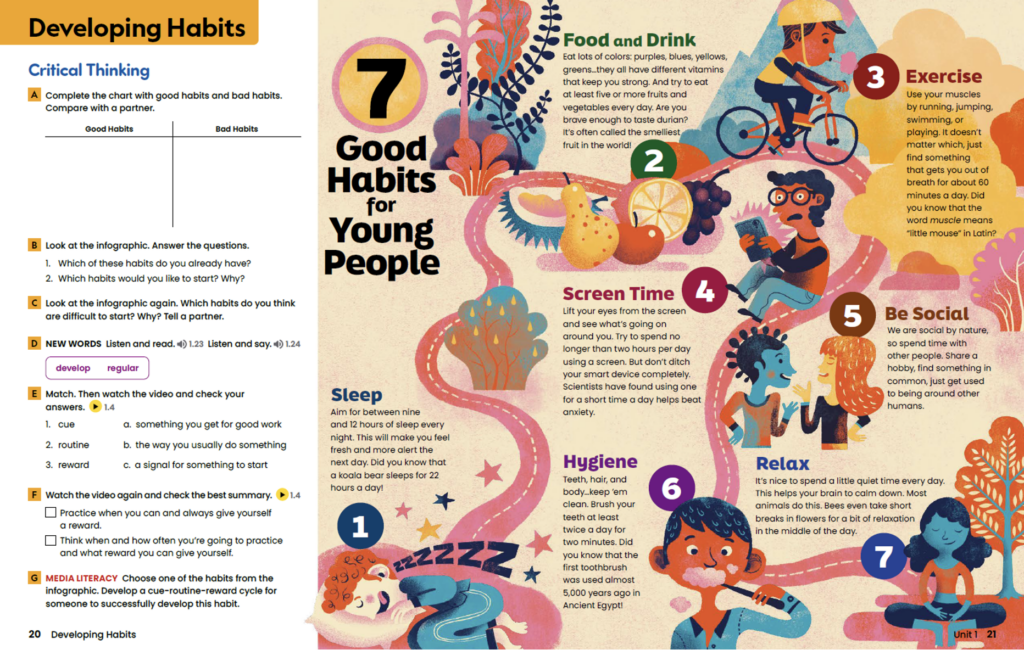
3. Teach strategies
Teaching young learners strategies such as using graphic organizers and mind maps helps them synthesize information, preparing them to interpret the many visuals they’ll come across in the online world and beyond. In the lesson below, students use a simple graphic organizer to identify the main problem and solution presented in a video.
4. Apply the sequence: Access – Analyze – Evaluate – Create – Act
Do you recognize these steps from the NAMLE definition shared above? In lessons like this one from Trailblazer, we apply these steps systematically — helping students access the topic using their prior knowledge, analyze the information in the photo and video, evaluate the information in each type of media, and consider all the information to reach their own conclusion.
5. Get them to be creative!
It’s important to not only give young learners the skills to evaluate and analyze different media, but also to empower them to create media of their own. Over the course of a Trailblazer unit, students create everything from storyboards to picture books! Projects like this one help students learn from each other and discover solutions to real-world challenges.
Conclusion
At National Geographic Learning, our mission is to bring the world to the English language classroom, and teaching media literacy is an important step toward making learning relevant, engaging, and practical from a young age. For more information on critical thinking and media literacy in the English language classroom, catch up on our recent webinar presented by Rachael Gibbon!
What are you doing to teach media literacy in your classroom? Let us know in the comments!


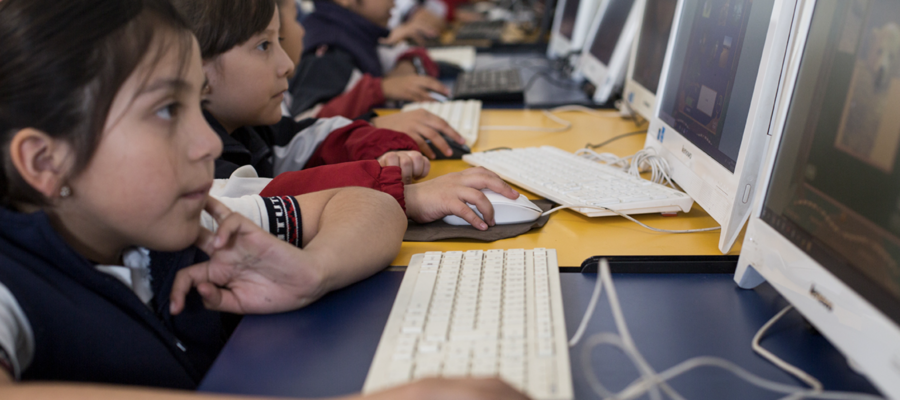
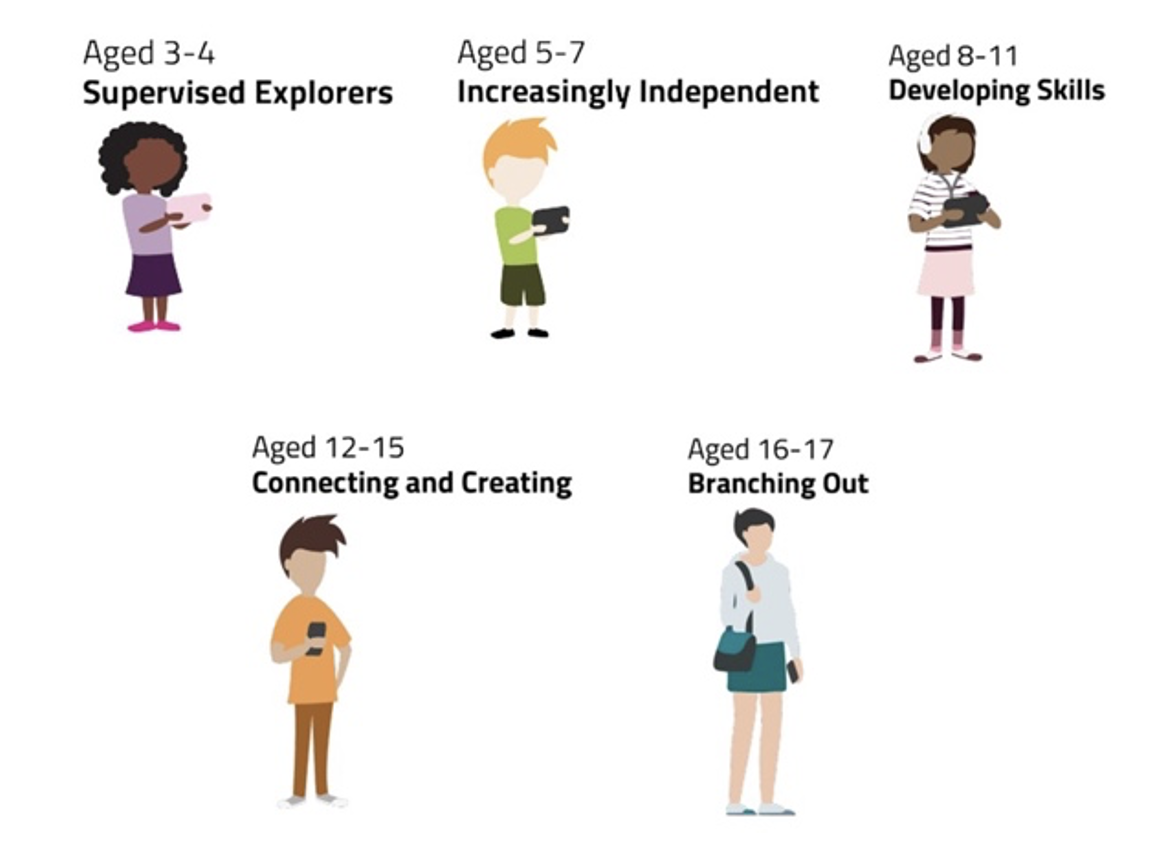
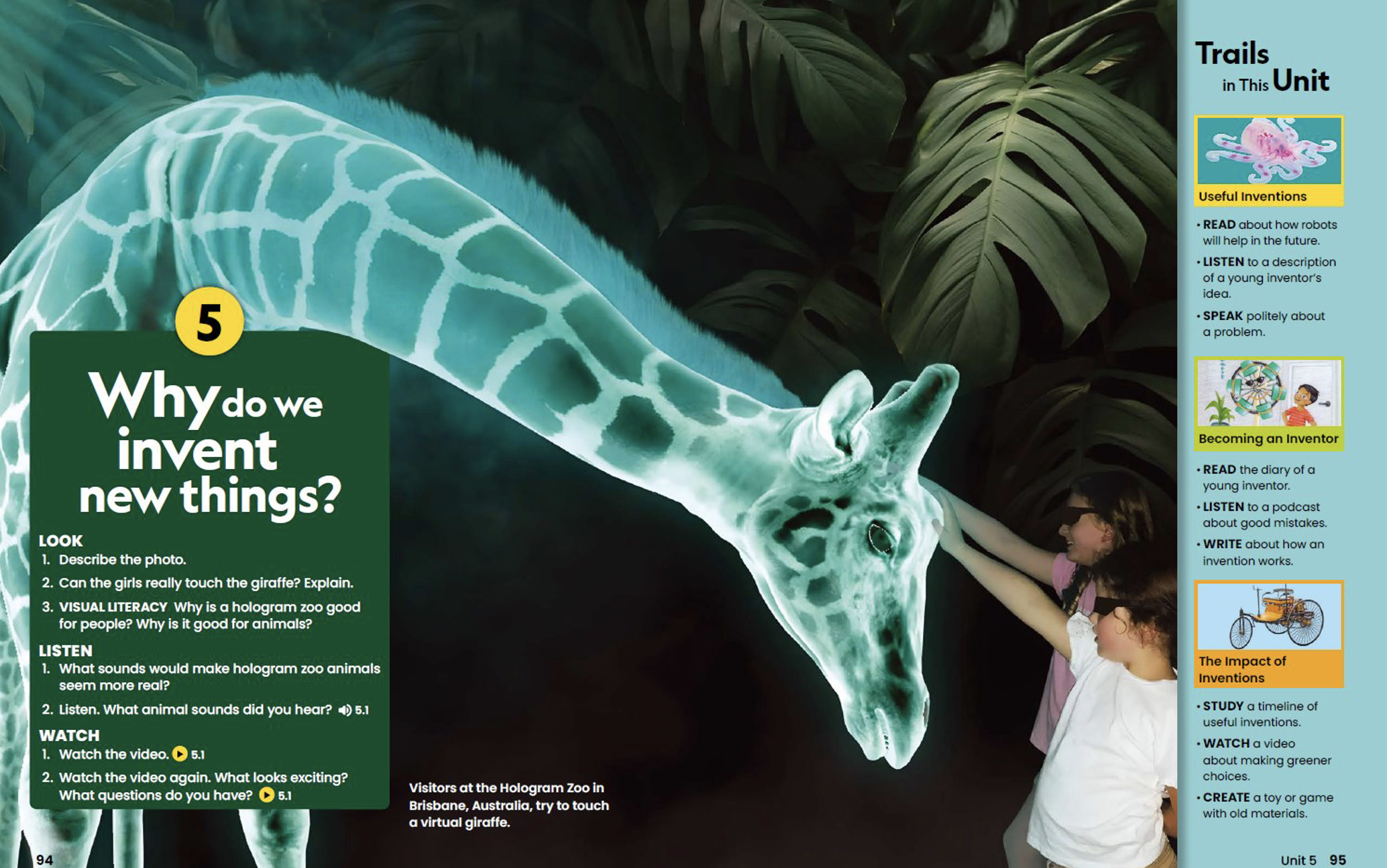
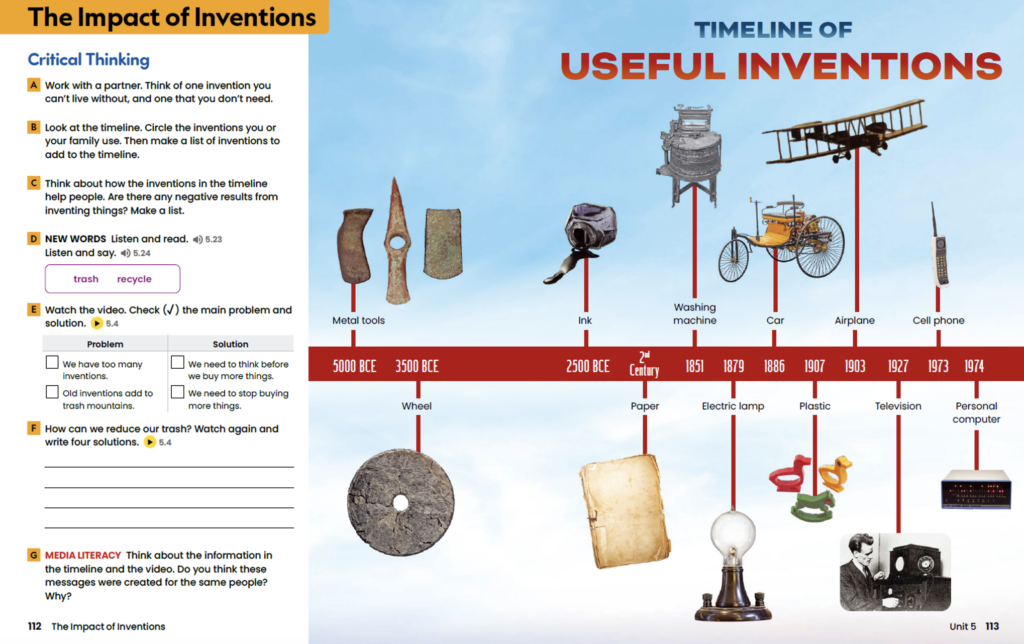
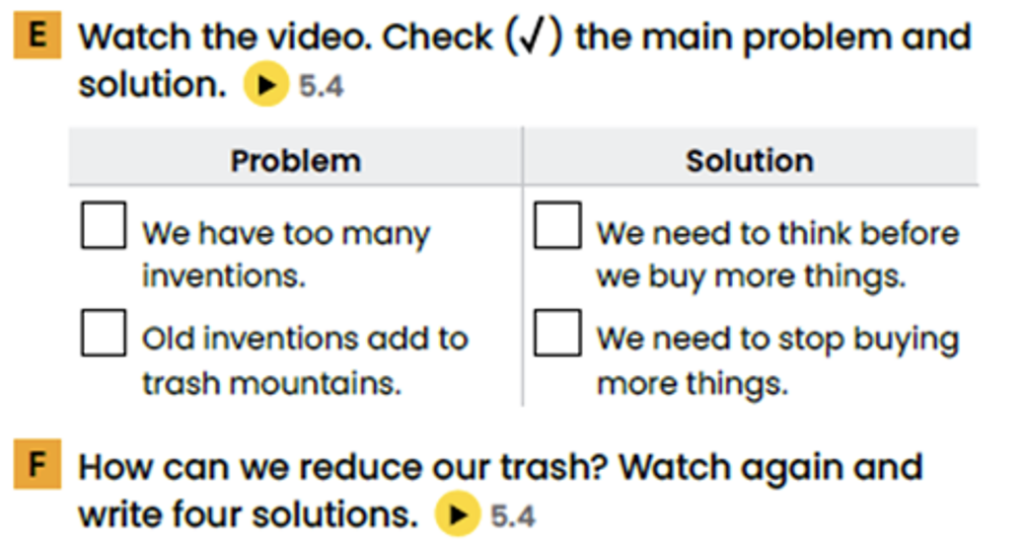
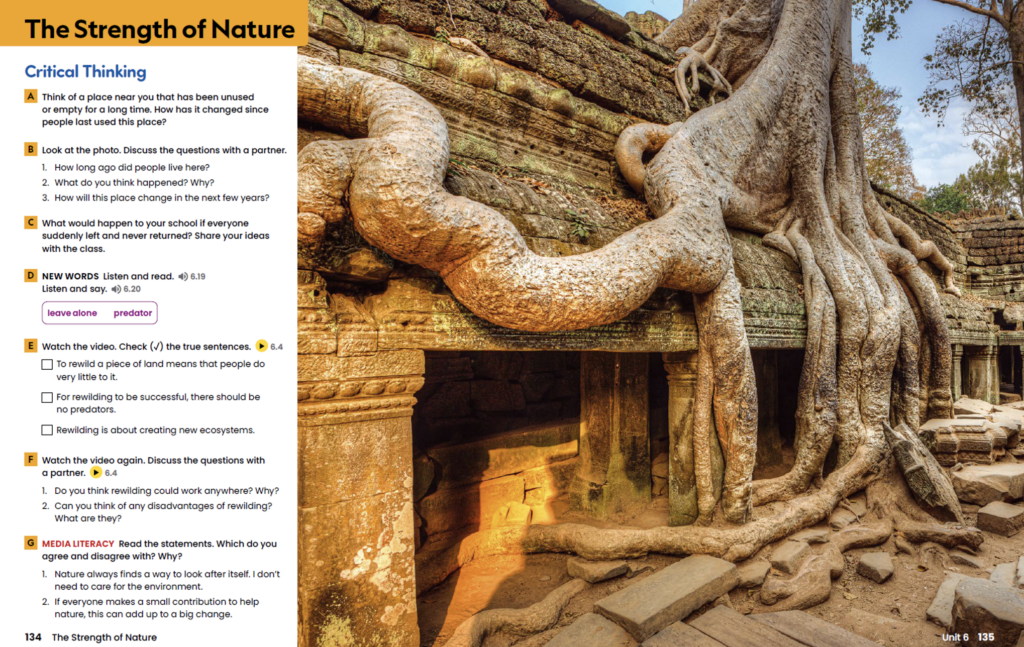
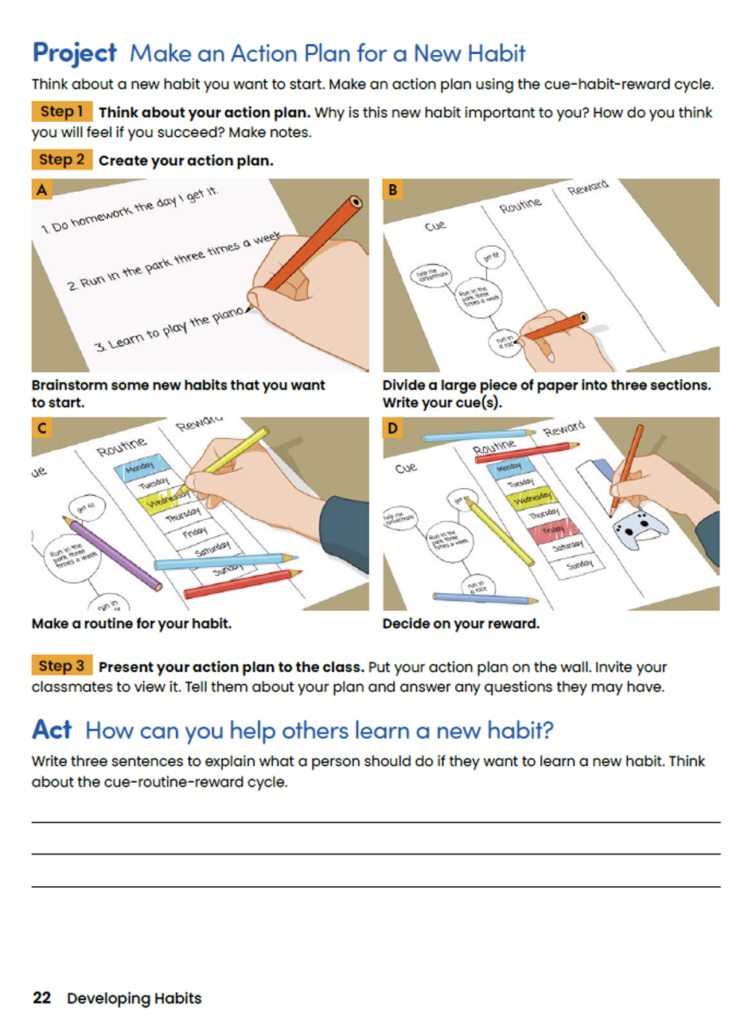
I would like to get to know new methods in teaching
Educators face challenges in developing or enhancing critical thinking skills in a heterogeneous classroom, as there is no one-size-fits-all strategy to address this issue. I am particularly interested in investigating further strategies to enhance effectiveness